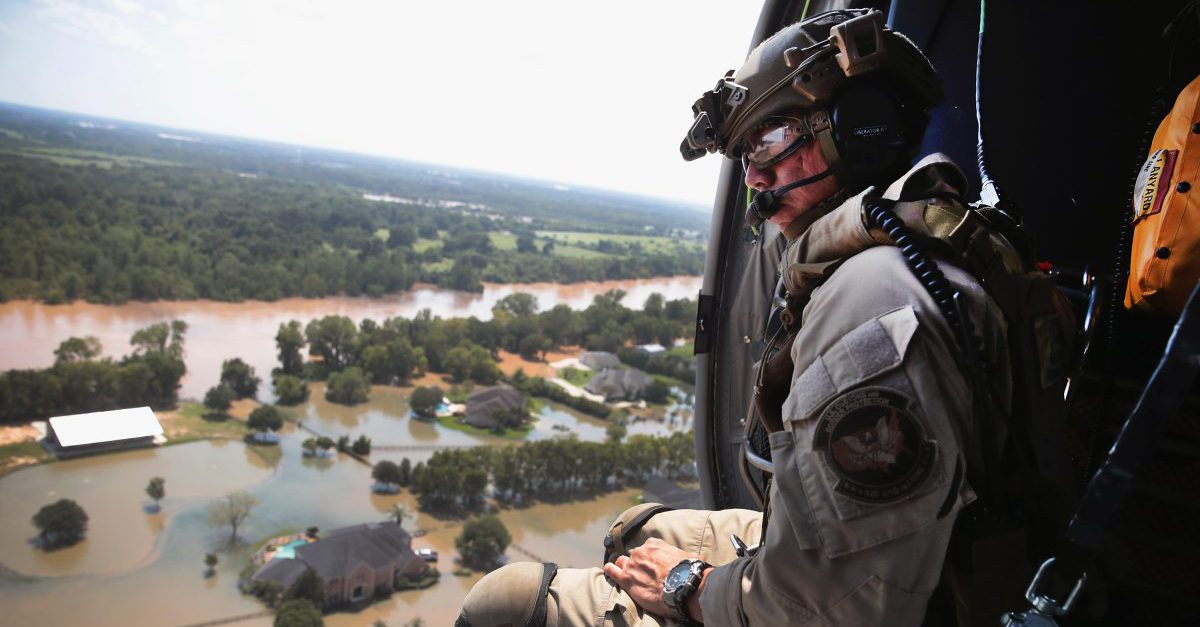After months following the catastrophic storm, the picture of Hurricane Harvey’s impact on Houston and the scope of recovery has come into clearer focus.
Videos by Rare
Flood maps need to be redrawn. People who never thought about flood insurance are signing up. And Houston’s government is trying to figure out the best way to prepare for the next big storm.
RELATED: Housing violations could delay recovery funds for Houston
Harvey’s aftermath started discussions on flood control, development practices and laws, charitable giving and so much more. A new series of reports from the Texas Tribune narrows down four questions Houstonians need to ask going forward into 2018.
One of those questions is how the state will spend the billions in aid money it requested from the government? Aid packages already offered up were deemed inadequate to meet Texas’ needs, and the state’s rainy day fund remains largely untapped, according to the Tribune.
Currently, the Department of Housing and Urban Development said it will give Texas $5 billion toward rebuilding, and state officials say billions more are required.
Harvey also had an impact on Houston’s criminal justice system, causing a delay of cases after the storm closed courthouses and blocked roads. According to the Tribune’s report, jury trials didn’t resume until October.
While the courts are still grappling with a backlog and await the full repair of facilities, progress is slowly being made, according to Harris County Court Manager Ed Wells.
“Things aren’t back to normal yet,” Wells said in an interview. “But we’re making the best of what we have available and moving forward.”
But the elephant Harvey put in the room still needs to be addressed: how will we stop this from happening again? What measures can we realistically take, and how much are state and federal governments willing to spend on them?
Reservoir improvements, buyouts and the fabled Ike Dike will be at the forefront of the discussion on flood preparation for the Bayou City and its surrounding counties in 2018. The Ike Dike appears increasingly unlikely due to a reported $11 billion price tag.
The final question the Tribune asks is of the displaced citizens. When will those most affected by the storm, those still living in temporary apartments, with friends or in other accommodations, be able to get back into their homes?
Over 90,000 people filed claims through FEMA’s National Flood Insurance Program, and while many of them returned home, many more are still waiting.
These four questions will be tough to tangle with, but Houston’s resiliency has proven remarkable. With time and the proper use of resources, the city will eventually heal.



